
Pickleball is not very popular in Asia - Photo: CN
This survey was conducted by PPA. It was based on a sample of 1,000 people per country, in a total of 12 Asian countries surveyed. The results showed that in Asia, only Vietnamese people are "crazy" about pickleball.
PPA conducted a survey in major cities, and 88% of Vietnamese people when asked answered that they "know pickleball". 16% of them said they play at least once a month, which is considered "playing pickleball".
This is an extremely high percentage, far surpassing other Asian countries surveyed. For example, in China, which is also considered an ideal pickleball market, the percentage of "pickleball players" is only 4.4%.
In other Southeast Asian countries, this ratio is even lower, only about 1/10 compared to Vietnam. This explains why Vietnamese tennis players dominate the PPA rankings, when 4/5 of the top Asian men's singles players are Vietnamese.
So why is pickleball so popular in Asia, and Vietnam alone? Here are the main reasons analyzed by experts.
The dominance of badminton and table tennis
Pickleball is consistently described as the "easiest" version of the racquet sport , especially when compared to tennis.
But in fact, in the East Asian and Southeast Asian countries, badminton and table tennis have long established a deep grassroots sports foundation.
Table tennis is considered a great recreational sport for all ages, with the widest age range among Olympic sports. Children from 6-7 years old to the elderly of 70-80 years old can still play table tennis.

Japanese table tennis stars often visit schools to inspire students - Photo: ANN
As for badminton, the recognition rate of this sport is extremely high. Almost every person in East Asian and Southeast Asian countries has played badminton.
According to statistics from ST Daily , in China, there are a total of 1.4 million sports fields for both table tennis and badminton. This can meet the regular playing needs of about 200-500 million people.
Thereby, "table tennis + badminton" is considered the most popular sports formula among mainland people, besides swimming pools and football fields.
Many East Asian and Southeast Asian countries and territories - from Hong Kong, Taiwan to Malaysia, Singapore, Thailand - are influenced by Chinese habits.
Low value of school sports
According to Sasakawa Sports, 13.5% of Japanese students play table tennis, and are exposed to the sport through the school environment.
This is an extremely high rate, showing that table tennis has long been ingrained in the Japanese school sports environment.
Mr. Murakami Yasuzaku, the coach who once led the Japanese national women's table tennis team, said that in the land of cherry blossoms, the team's athletes are selected from high school table tennis teams.
Similarly, badminton is also a sport very familiar to the school environment in China, Korea, Japan, Thailand, Malaysia, Indonesia... right from secondary schools.
As for pickleball? It's hard to believe that the sport is even offered in middle schools.
Peak performance factor
Children play sports partly because of their idols, stars, and national heroes. For most East Asian countries, table tennis and badminton are such inspirational symbols.
There is no need to say more about the strength of Chinese table tennis, with Japan and Korea being the next group. In badminton, a more professional sport, East Asian and Southeast Asian countries show even more dominance.

Southeast Asian countries like Thailand are very strong in badminton - Photo: BWF
There are up to 10 Malaysian tennis players participating in the BWF World Tour Finals - the annual final tournament of the Badminton World Federation, gathering the 64 strongest tennis players in all events.
Similarly, Indonesia has 8 players in the 2025 World Tour Finals, while Thailand has 5. Badminton is a rare professional sport where Southeast Asian countries can reach world class level.
There is no reason for these countries to develop pickleball, a sport that was born half a century ago in the US, but was refused to be included in the Olympics by the Americans, and was not included in the Asian Games by the OCA.
The price is too expensive, not suitable
At the amateur level, a badminton racket costs between $20 and $50, while a pickleball racket costs between $50 and $200.
This one factor alone shows that pickleball is unlikely to be as popular as badminton, especially in Asian countries with "small land, large population, and low income".
In China, ping pong tables are placed throughout every park, and are completely free, making them easily accessible to the public.
Similarly, badminton has playgrounds located in many schools, parks, apartments, workplaces...
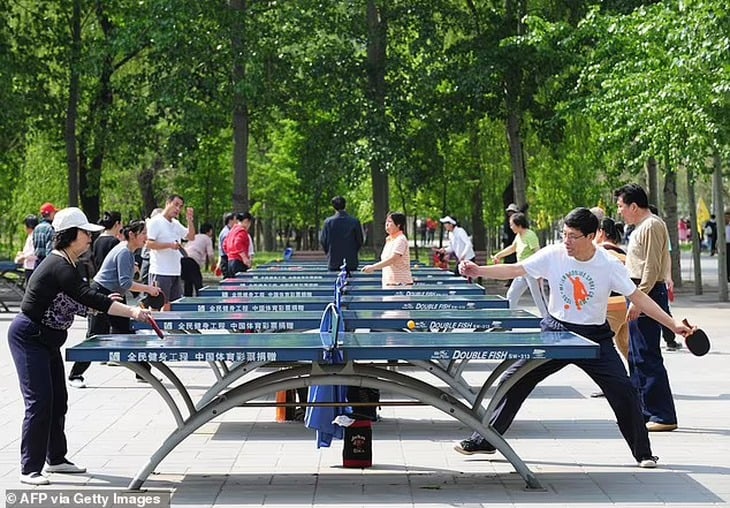
Ping pong tables are placed throughout parks in China - Photo: AFP
This is something that pickleball, a sport that requires a proper court like tennis, cannot do.
In summary, East Asian countries such as China, Japan, and South Korea possess all of the above elements. As for Thailand, Malaysia, and Indonesia, they have also reached the pinnacle of badminton.
On the contrary, it must be admitted that Vietnamese sports lack a significant foundation in both school sports and elite sports. This is because Vietnam does not have any table tennis/badminton players who have reached world class.
And when the pickleball craze hit, Vietnam was also the country most likely to be caught up, lacking a foundation in badminton and table tennis - two racket sports that have long been proven to be suitable for Asian physiques.
Source: https://tuoitre.vn/vi-sao-chi-minh-viet-nam-phat-cuong-voi-pickleball-o-chau-a-20251122183624162.htm












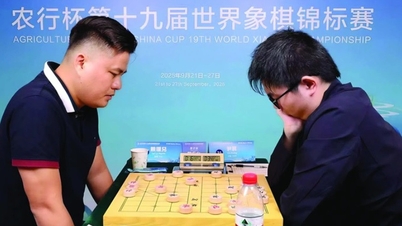










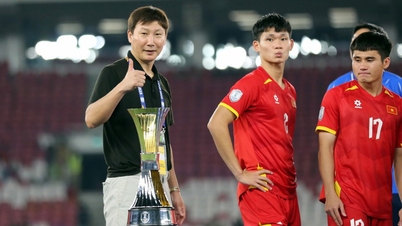





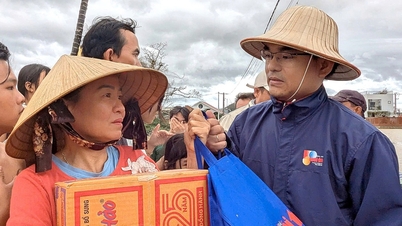
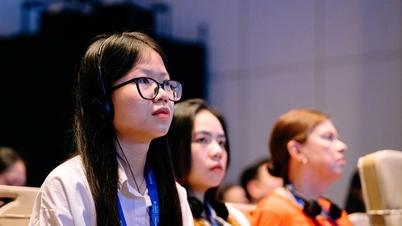


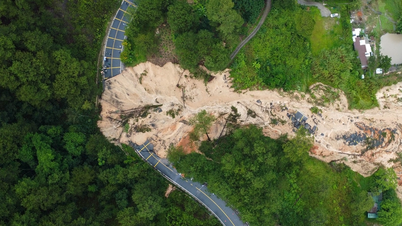



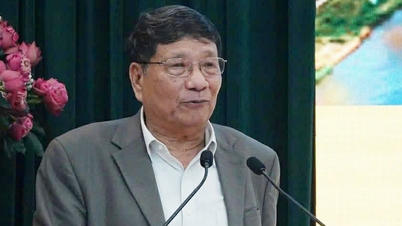
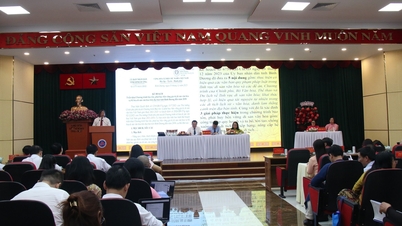

















![[Answer] Should I install an elevator for an old renovated house?](https://vphoto.vietnam.vn/thumb/402x226/vietnam/resource/IMAGE/2025/11/25/1764039191595_co-nen-lap-thang-may-cho-nha-cai-tao-cu-khong-04.jpeg)





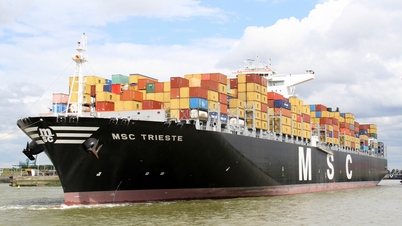








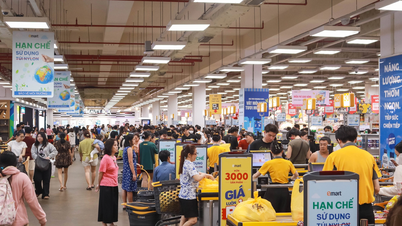

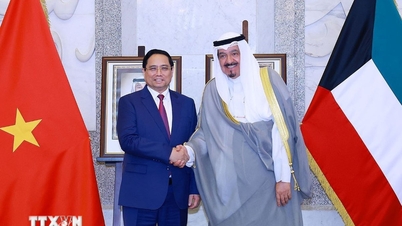

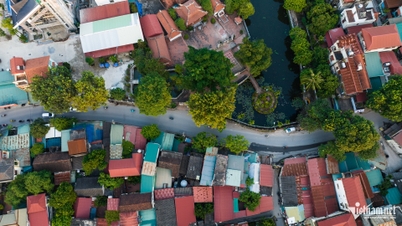
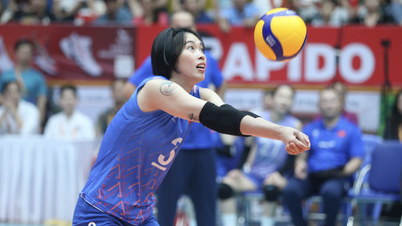










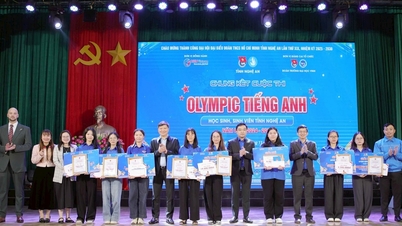





















Comment (0)